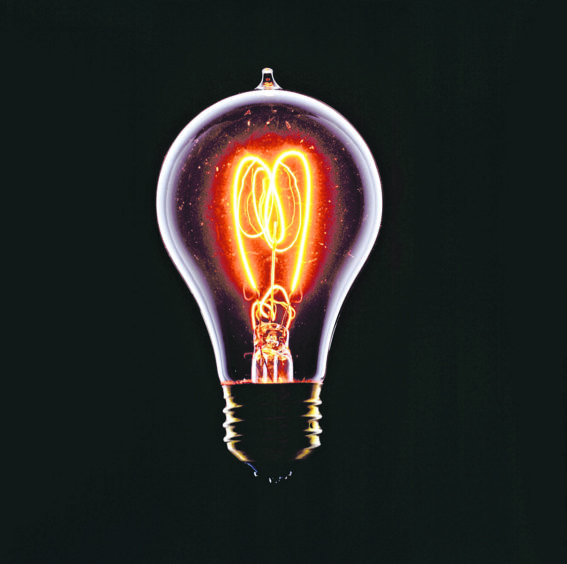
US-based scientists have figured out how to capture heat and turn it into electricity. It really is a lightbulb moment.
A vast amount of heat energy is lost up the chimney. Imagine harnessing that “lost” energy and converting it to electricity simply and efficiently.
Professor Joseph Heremans of Ohio State University (OSU) and his team have found a new way of designing thermoelectric semiconductors for doing just that.
These materials have a strange and useful property – heating them on one side generates electricity that can be used to power devices.
In 2014, the American Academy for the Advancement of Science (AAAS) carried a note about a thermoelectric semiconductor which attracted Prof Heremans’ attention.
At that time, scientists in Illinois State University said they had used a cheap, well-known material to create the most heat-hungry thermoelectric semiconductor to that point.
Now, OSU has harnessed the properties of magnetism in a radically different way. The new approach hinges on the properties of tiny particles called paramagnons.
Magnets are crucial for collecting energy from heat. When one side of a magnet is heated, the other side – the cold side – gets more magnetic, producing spin, which pushes the electrons in the magnet and creates electricity.
Some of you may recall from doing physics at school that there is a paradox, because we are told that when a magnet is completely heated it loses most of its magnetic properties. It becomes paramagnetic.
That’s why, until the Ohio team’s discovery, nobody thought of using paramagnets to harvest heat.
Paramagnons push the electrons only for a “billionth of a millionth of a second”, but that is long enough to make paramagnets viable energy-harvesters, the research team found. It means they could produce enough spin to push electrons, which could allow them to collect energy.
Look back to 1839 when Alexander Becquerel observed the so-called “photovoltaic effect” of an electrode in a conductive solution exposed to light.
In 1876, William Grylls Adams along with a student of his, Richard Day, discovered when selenium was exposed to light, it produced electricity.
It was not until 1954 that the now ubiquitous solar panel was actually born. Daryl Chapin, Calvin Fuller, and Gerald Pearson at Bell Labs in the US developed the first actual cell.
PV progress since has been spectacular and mass manufactured panels are now a low carbon energy mainstay.
This is surely the dream too of Prof Heremans and his team, only the timeline to a viable heat to power converter needs to be a lot shorter given the climate crisis now enveloping our world.